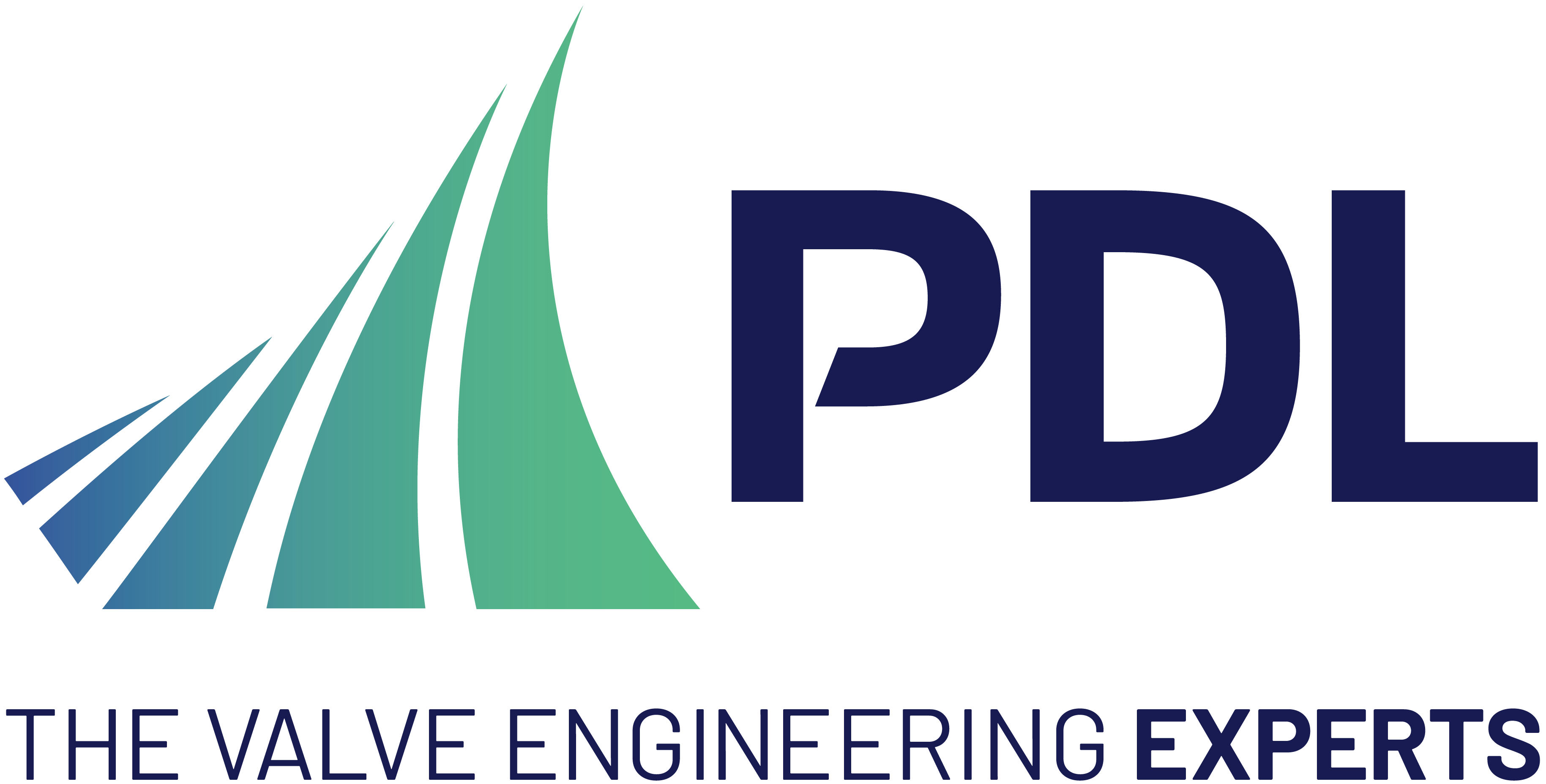The reality of artificial intelligence in engineering design and analysis, by PDL


James Dobson, Engineering Manager- Digital
Artificial Intelligence (AI) represents a frontier of innovation and refers to a wide range of technologies that enable computers and machines to simulate human intelligence processes and problem-solving capabilities. The excitement surrounding AI stems from its potential to push boundaries, unlock new possibilities, create new solutions, and revolutionise many aspects of our lives. However, considering AI as a single monolithic entity oversimplifies its complexity. It is vital that we recognise its multifaceted nature and its current limitations and challenges.
In engineering design and analysis, the application of AI has the potential to transform traditional methodologies. AI tools and techniques can leverage advanced algorithms, analyse vast datasets and automate repetitive tasks. These can be applied to optimising repeatable design and automating administrative-based tasks to reach gains in accuracy, consistency and efficiency.
However, the complexities within engineering mean that an AI revolution in the engineering industry is a long way off, and currently the use of AI must be highly targeted and carefully planned. Caution must be taken when considering AI in safety-critical applications since many AI technologies are probabilistic, and inherently black-box, making validation and understanding of incorrect results a huge challenge. Whilst AI is able to swiftly answer the question posed, it does not necessarily provide the answer that is required because it is unable to extrapolate beyond the constraints of the data range and cannot manage uncertainties without the risk of errors. Although AI technologies are well suited when provided with large datasets, solution accuracy can suffer when dealing with small, imperfect or sparse datasets. Conversely, engineers are extremely effective at making reliable interpretations, finding trade-offs and insights to make sense of incomplete data and reaching justifiable assumptions. Engineers draw upon their real-world context, experience and intuition to explore qualitative factors that cannot be quantified in AI.
Whilst AI can augment and enhance engineering, it is the ingenuity of engineers that provides the interpretation, validation and refining of the AI results to ensure that the engineering is dynamic and responsive to needs. AI is successful when it is applied carefully to complement human capabilities rather than replace them. Hence, it is Augmented Engineering which is transformative as it empowers human decision-making and problem-solving whilst using AI in tandem to be significantly more effective and efficient. The Digital team of software engineers and engineers at PDL are at the heart of the Augmented Engineering transformation, and recognise that global engineering companies should invest in a proper software development strategy containing AI where appropriate. The PDL team develop bespoke software packages for bespoke problems, and work closely in partnership with their clients to develop an Augmented Engineering strategy to continuously improve their engineering capability and drive accuracy, consistency and efficiency.
To find out more about Augmented Engineering please contact the Digital team at PDL.
Telephone: + 44 (0) 1 434 609 473
Email: solutions@pdl-group.com
Website: www.pdl-group.com

| Telephone: | 00 44 1434 609473 |
| Email: | solutions@pdl-group.com |
| Website: | www.pdl-group.com |
| More information on the PDL Solutions (Europe) Ltd BVAA Member Directory Page |
Search related valve / actuator articles: PDL Solutions (Europe) LtdIssue 91Company News







-web.jpg)





